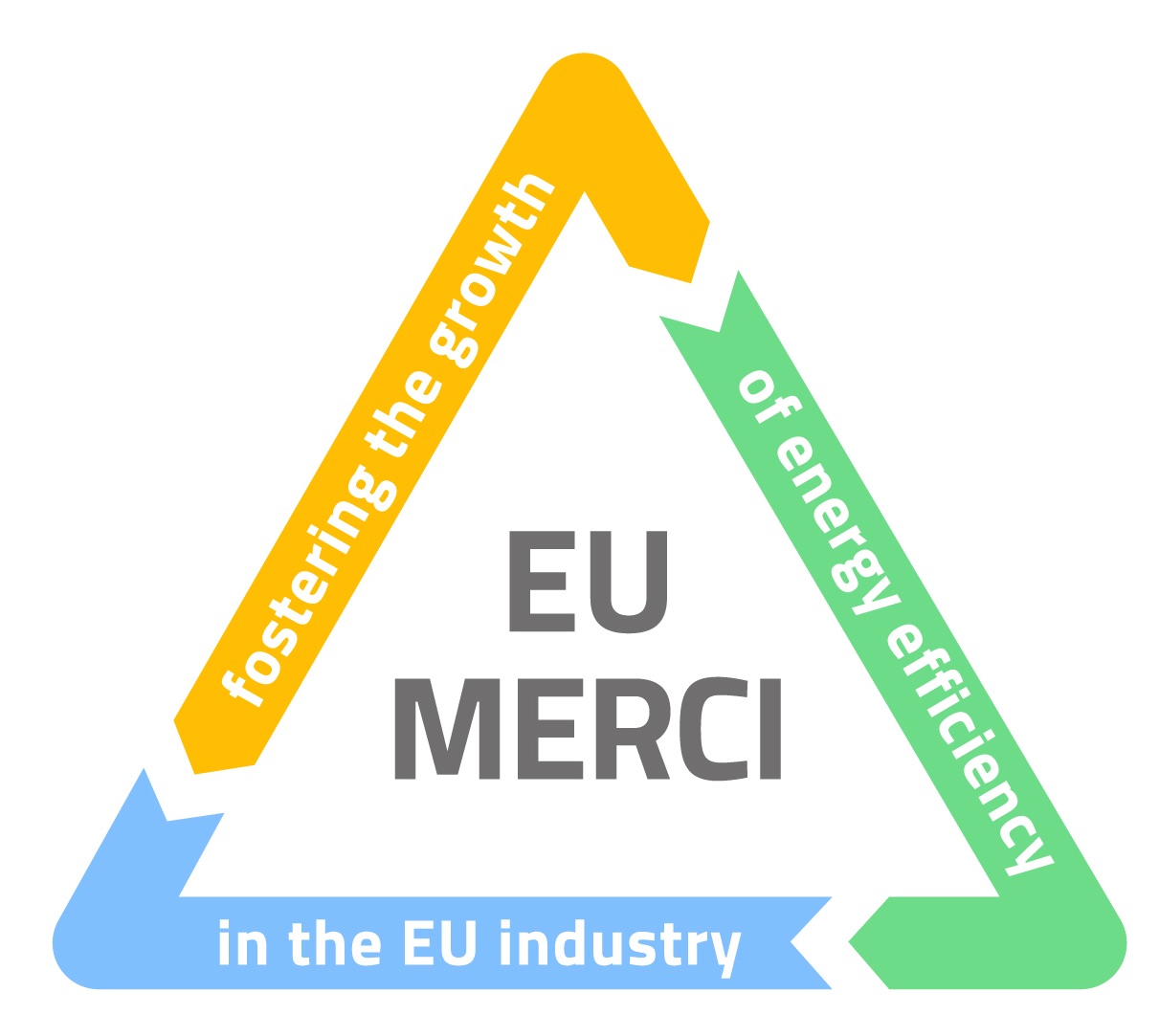- A short overview on Romanian policies about energy efficiency
Romania is fully committed to fulfilling the national and European targets regarding the “3×20” objectives. If the target for renewables energies has already been achieved is not the same situation for CO2 emissions reduction and energy efficiency (EE) targets. The EE obligations assumed by Romania consist in reducing, until 2020, the primary energy consumption by 19% (signifying 10Mtoe) ie from forecasted consumption of 52.99Mtoe to 42.99Mtoe. The issues regarding the EE are regulated by Law no. 121/2014 which came into force in August 2014. The Law transposes the European Union regulations into national legislation set out under Directive 2012/27/UE.
In accordance with the provisions of the Law no. 121/2014, within the Romanian Energy Regulatory Authority (ANRE) was established the Energy Efficiency Department (EED) which is responsible with transposing the provisions of the law into secondary legislation.
In order to making operational the measures regarding the EE a National Energy Efficiency Action Plan (2014-2020)-NEEAP III was approved by Governmental Decision no. 122/2015. The measures provided by the NEEAP III represented the basis for establishing 12 national EE Programs, grouped into five sectors: (1) EE in energy supply system; (2) EE in industry sector; (3) EE in the buildings sector; (4) EE in the services sector and (5) EE in the transport sector. The share of this five sectors in achieving the national target on EE is: 16% for energy supply, 23% for industry, 30% for buildings, 13% for service and 18% for transport sector (NEEAP III[1]). For all this sectors an increased attention has been given to implementing energy efficiency in buildings. It was defined the concept of building type NZEB (with an energy consumption near to zero), offering funding for such projects. For this sector two specific national programs have been established: Energy efficiency in the residential sector and Energy efficiency in governmental buildings.
Regarding of EE in the industrial sector, these policies and measures have not delivered the expected results, the costs of implementing such measures are not accessible for specific industrial weak technological sector. A national action plan (NEEAP III) in industry sector have been allocated to two programs. The first one is Energy efficiency in industry classified in EU Emission Trading System (EU-ETS). According to the authorities, Romanian participation in the EU-ETS trading schemes lead to increased energy efficiency. This program will produce a total energy savings of 0,98Mtoe in the 2014-2020 period. For the second program, based on Energy audit and energy management, it is estimated a total saving energy of 0,35Mtoe. In this regard the EED from ANRE drawing up a guide for improving energy efficiency program for industrial units, in accordance with Law No 121/2014. This guide highlights a number of measures to reduce energy consumption for different industrial technologies, but require periodic updating and enhancing it.
An important barrier in stimulating investments in EE is the lack of support schemes (such as white certificates). There exist, however, a series of programs to finance EE projects mainly from structural funds or various investment funds.
[1] ANRE, Energy Efficiency trends and policies in ROMANIA, Iulia Lazar, sept.2015.
2. How can EU-MERCI project help Romania to improve the national policies?
The E-MERCI project must define and propose a series of methods and procedures to be followed in the implementation of a sustainable energy efficiency policy, based on real cases, in order to motivate stakeholders from public and private sector, to join together in making a structure objective analysis, to highlight the current technically and economically level.
The project should mediate the communication between decision makers and the parties directly involved in shaping and enactment of policies and measures in the field. These policies must help the industry stakeholders that are interested to improve the energy efficiency of a process, to overcome the existing barriers in order to maximize the economic and technical benefits and to simplify the access to possible incentives.
By creating a database at Community level, encompassing as many indicators of technical and economic relevance in different industries and depending on the structure of these industries will have to provide a picture of the ensemble on process efficiency based on energy consumption. At the same time the lessons learned from countries with strengthened energy efficiency systems will be transferred to the least advanced countries.
The project outcomes will permit to define the associated costs resulting from the implementation of these best practices and identify what financial instruments can be accessed by interested. Also it is very important to identify the main barriers that stand in the way of efficiency targets of systems for large-scale industry and whose internal processes are hampered by the inefficiency of the system itself.
EU-MERCI will allow improvement of- guide for improving energy efficiency program for industrial units developed by the Romanian authorities offering a new tool for assessing the performance indicators associated with investments in energy efficiency.
At the same time, by exploiting the project results, will be possible to structuring the selection procedures of the best lines of intervention for improvement of EE adapted to different technological processes.
